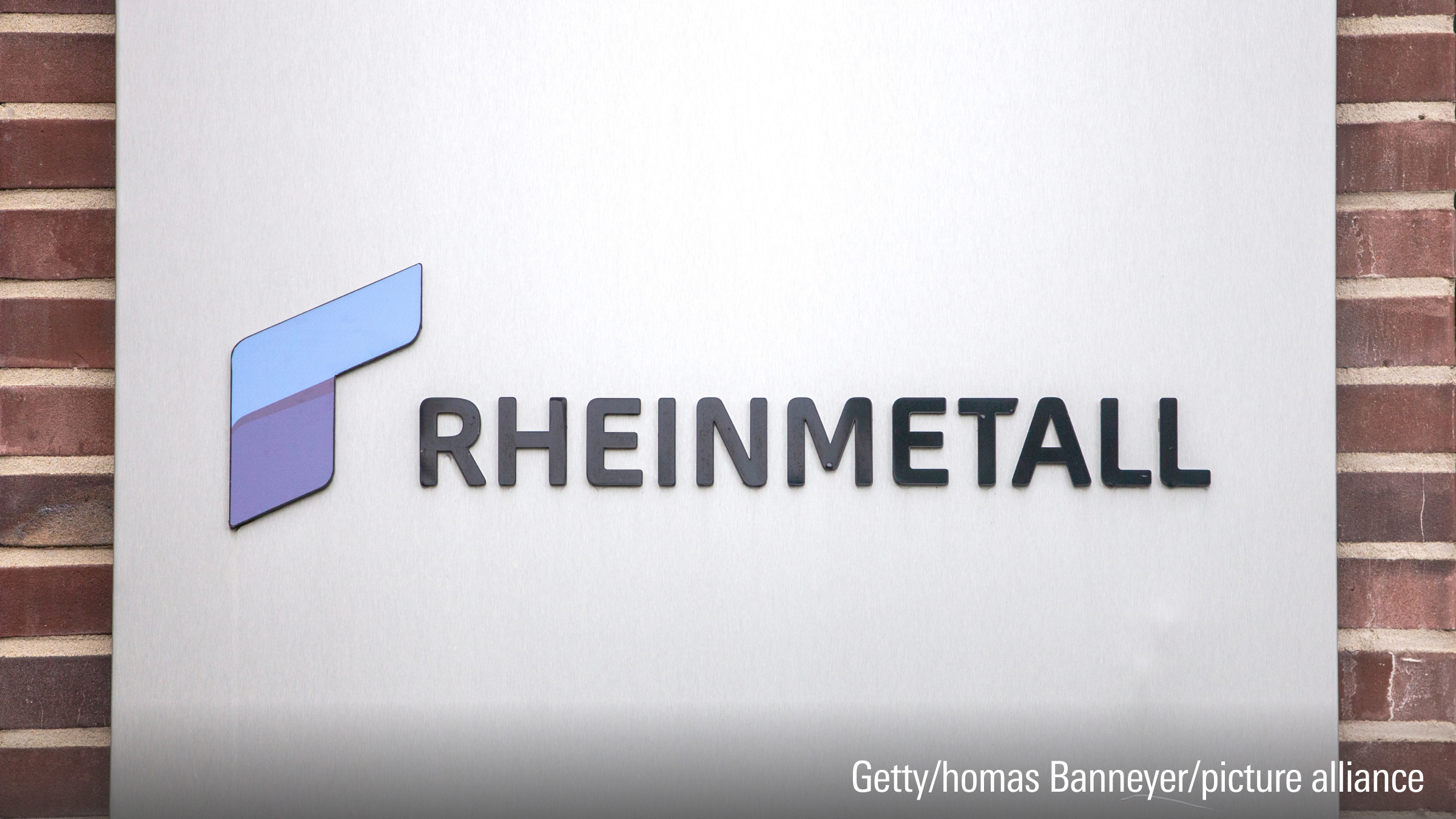
While it is still too early to fully assess the implications of the proposed tariffs on the defense sector, it’s important to consider the US’ role in the global defense trade. The US remains a net exporter of military equipment, accounting for roughly 43% of global arms exports between 2021 and 2023 (based on SIPRI TIV data), while representing just 3% of global arms imports over the same period. Although the US defense industry is largely self-sufficient in end-product manufacturing, it remains exposed to risks tied to critical raw material imports—such as gallium, yttrium, and tantalum—which are vital for systems like fighter jets, helicopters, armored vehicles, and precision munitions.
Modern defense platforms, particularly in air defense, depend on complex international supply chains and cross-border collaboration. The F-35 program, for example, though led by Lockheed Martin, involves more than 1,650 high-tech suppliers worldwide, including four European OEMs as Tier 1 partners.
If tariffs are extended to defense-related goods, we expect the primary impact to fall on US defense firms—through higher production costs and increased procurement prices for the US Department of Defense and allied buyers in Europe. Given current geopolitical dynamics and the need for Europe to close its defense capability gap, we see limited likelihood of retaliatory tariffs targeting US defense exports. However, a maintained protectionist stance from the US could diminish the competitiveness of its platforms over time and accelerate intra-European consolidation.
We see limited direct impact on European defense contractors under our coverage. Firms such as BAE Systems BA., Rheinmetall RHM, Thales HO, Saab SAAB B, and Leonardo LDO have already established—and in many cases expanded—their US industrial footprint, often in anticipation of a potential Donald Trump re-election. This local presence strengthens access to US contracts and protects against tariff-related risks.
The author or authors do not own shares in any securities mentioned in this article. Find out about Morningstar's editorial policies.























